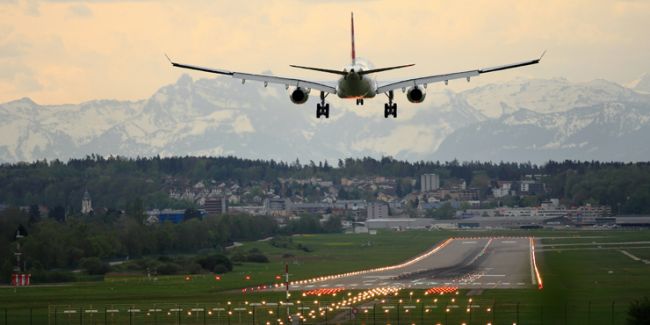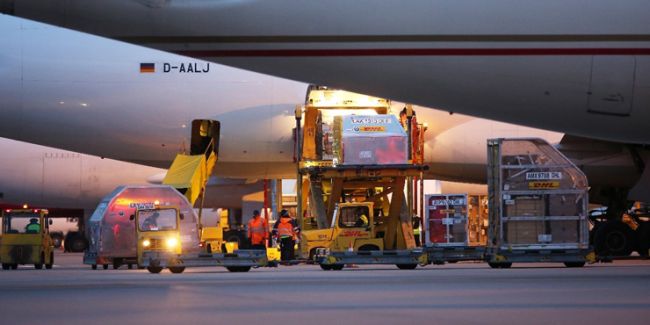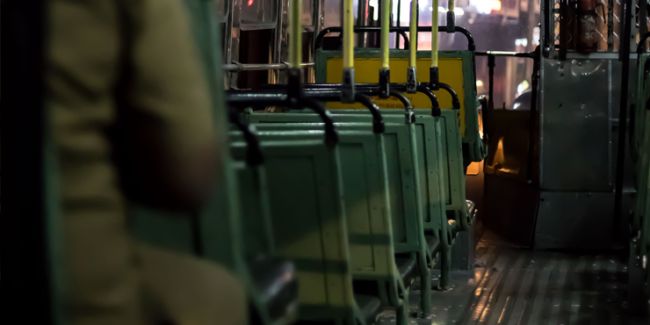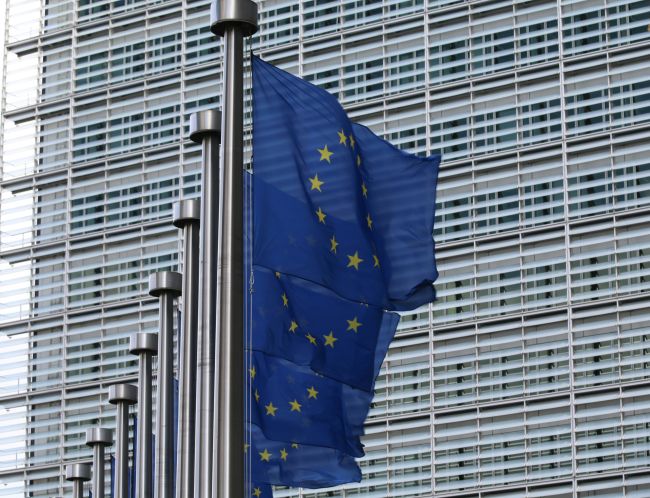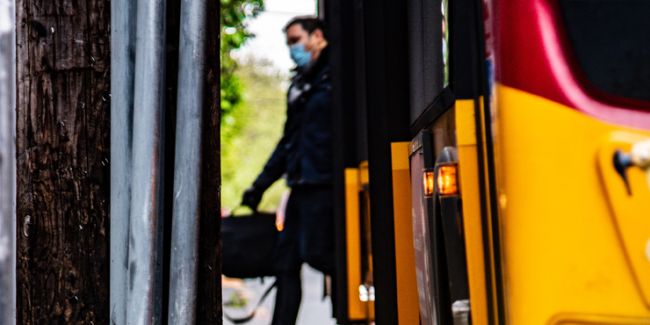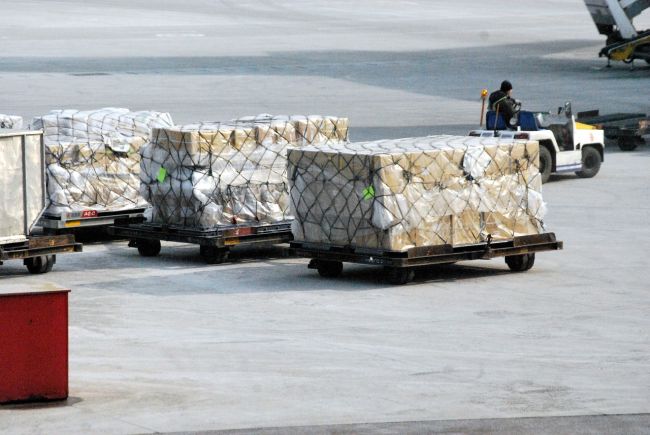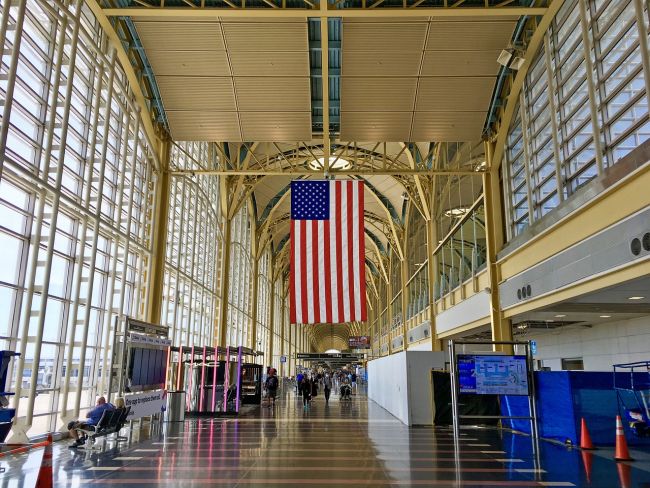New developments for US airport infrastructure? 2017 could be the year
Amid the tumultuous debates on border security, airport leaders may be forgiven for missing some good news — the growing consensus that new sources of capital are necessary to fund America's airports.
Amid the tumultuous debates on border security, airport leaders may be forgiven for missing some good news — the growing consensus that new sources of capital are necessary to fund America's airports.
The Trump Administration and Senate Democrats have each now laid out a vision and blueprint to help fund airport safety and capacity projects. Each of these differ in detail from the main provisions contained in the agenda for AirportsUnited (the advocacy partnership between the American Association of Airport Executives (AAAE) and Airports Council International, North America), but they effectively raise the visibility of the issue providing an historic opportunity to address a long sought after goal.
We have a legislative vehicle. The current policies and programs of the Federal Aviation Administration (FAA) expire at the end of federal fiscal year 2017 (September 30, 2017). Hearings are expected to begin this March on reauthorizing the legislation, providing the perfect forum for configuring a plan to invest in airports and related air traffic control infrastructure. A review of where major players stand today is provided below:
- The Trump Administration: Although specifics on the Trump Infrastructure Plan have yet to be released, the Trump plan proposes $137 billion in federal tax credits that would spur private investment in transportation projects. Advocates claim the credits would lead to $1 trillion worth of infrastructure investment over the next decade. While tax credits can certainly help promote investment, revenue sources to back the financing of projects have yet to be identified. Consistent with their stated desire not to use federal revenue, a potential solution would be for the Trump Administration to support providing airports with greater discretion on raising local revenues to back safety and capacity projects. A proven funding tool is the passenger facility charge (PFC), which still labors under regulations and limits set before 2001. Fortunately the Airport Improvement Fee, used by Canadian airports, provides a perfect example of what a modernized PFC should look like.
- Senate Democrats: A Blueprint to Rebuild America's Infrastructure identifies two areas as priorities for investment: the FAA's Facilities and Equipment Account (addressing air traffic control and NextGen) and the FAA's Airport Improvement Program (supporting airport safety and capacity projects). The $30 billion in multi-year support would be provided in part by the Airport and Airway Trust Fund (AATF), a source of revenue generated by a series of ticket taxes on passenger travel and freight movement. Airline representatives, while opposing changes to the PFC program, have recently reiterated their support for using the "multi-billion surplus in the Trust Fund" for airport projects. While this federal source might not be the sole answer for funding the airport infrastructure deficit, it would make a significant difference for general aviation as well as small and medium-sized commercial service airports.
- AirportsUnited: For the last several legislative cycles, the airports' trade associations have recommended increasing the PFC's statutory ceiling; supporting robust AIP funding levels to help small and large airports alike; and protecting the tax treatment on revenue bonds (also supported by the incoming Trump Administration). These strategies provide an inventory of potential measures that can support project funding and delivery, addressing the common goals of the Trump Administration and Senate Democrats. In talking to airport directors, it is clear that they are open to a number of alternatives to address the infrastructure deficit as long as they account for the unique needs of airports of all sizes.
While the new 115th Congress is yet to begin its deliberations on reauthorizing the FAA, there are indications that improving airport infrastructure is on the agenda. While positions are not perfectly aligned among the major players, there is support for several of the alternatives that have the potential to fund the critically needed airport safety and capacity projects. The hard work of building a consensus and writing legislative language awaits, but for the first time in a few years there is a cause for optimism.
Written by Stephen Van Beek.


